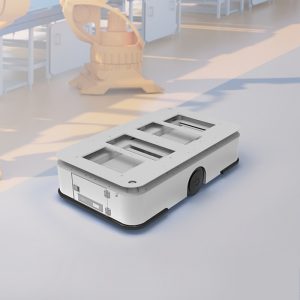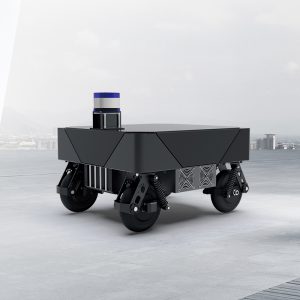
chassis robotics, a fascinating field in science and engineering, involves the design and development of robotic systems with a focus on their mechanical structure. In this article, we will delve into the properties of chassis robotics and explore its various applications.
The Versatility of Chassis Robotics
Chassis robotics plays a crucial role in enabling robots to navigate through complex environments. With their sturdy frames and precise control mechanisms, these robots can perform tasks that were once deemed impossible. From industrial automation to space exploration, chassis robotics has revolutionized numerous industries.
The Innovation of Oneway Systems
Oneway systems are an integral part of chassis robotics. These innovative mechanisms allow for unidirectional movement by utilizing specialized wheels or tracks. By implementing Oneway systems in robot designs, engineers have been able to enhance maneuverability while maintaining stability during challenging operations.
The Advantages of Tracked Robot Chassis
tracked robot chassis is another remarkable aspect within the realm of chassis robotics. These designs utilize continuous tracks instead of conventional wheels, providing superior traction over uneven terrains such as rocky surfaces or sandy landscapes. The tracked robot chassis enables robots to traverse difficult environments with ease while ensuring optimal stability.
In Conclusion

In conclusion, chassis robotics offers immense potential for advancing automation technologies across various sectors. The versatility provided by different types of robotic structures allows for efficient navigation through complex environments. Whether it be through the innovation of Oneway systems or the advantages offered by tracked robot chassis, researchers continue to push boundaries in harnessing the power and capabilities that come with advancements in this field.
